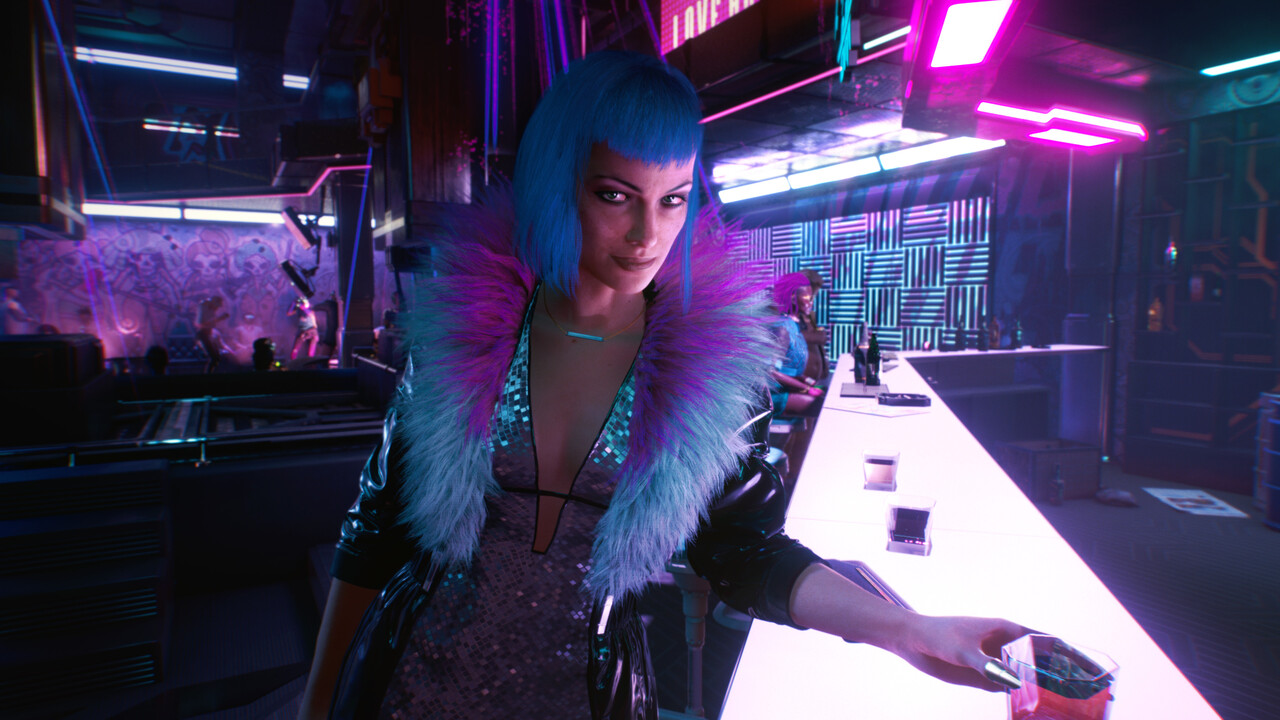- Aug 14, 2000
- 22,709
- 3,005
- 126

AMD Radeon RX 6800 XT Review - NVIDIA is in Trouble
The Radeon RX 6800 XT is a worthy opponent to the NVIDIA GeForce RTX 3080. It offers similar performance at better power efficiency and lower noise levels. In our Radeon RX 6800 XT review, we also take a closer look at raytracing and "Rage Mode", a new 1-click method for overclocking.
Wow, even the number 3 card has 16GB VRAM and is faster than the 2080TI. And the $1000 6900XT matches the $1500 3090 in performance.
The 3000 parts don't look so hot now.
Post reviews edit:
It's astonishing what AMD have managed to achieve with both the Ryzen 5000 and the Radeon 6000, especially given the absolutely minuscule R&D budget and resources compared to nVidia/Intel. Lisa Su is definitely the "Steve Jobs" of AMD with such a remarkable turnaround.
6900XT:
(It's absolutely amazing to see AMD compete with the 3090)

AMD Radeon RX 6900 XT Review - The Biggest Big Navi
AMD's Radeon RX 6900 XT offers convincing 4K gaming performance, yet stays below 300 W. Thanks to this impressive efficiency, the card is almost whisper-quiet, quieter than any RTX 3090 we've ever tested. In our review, we not only benchmark the RX 6900 XT on Intel, but also on Zen 3, with fast...
Last edited:



